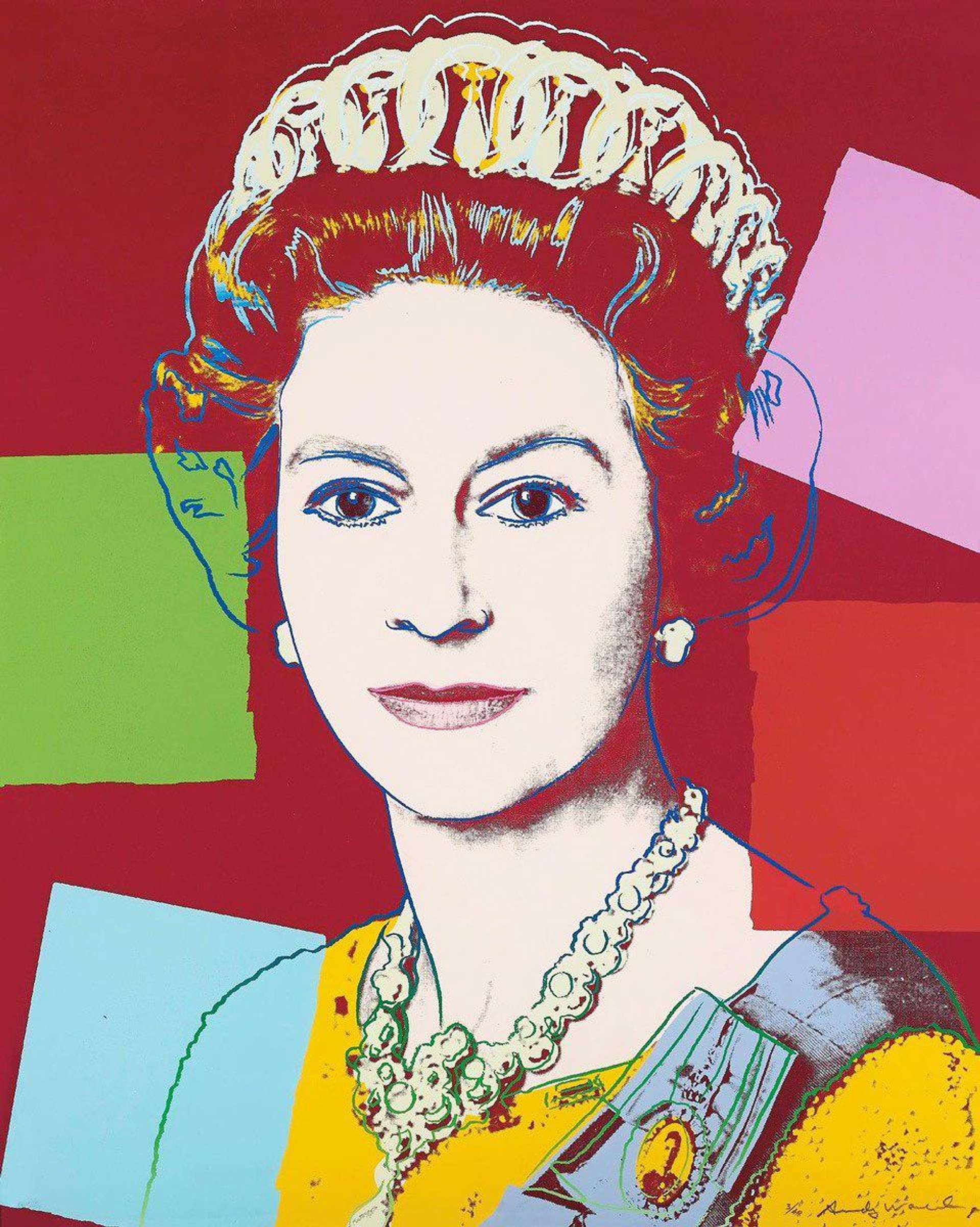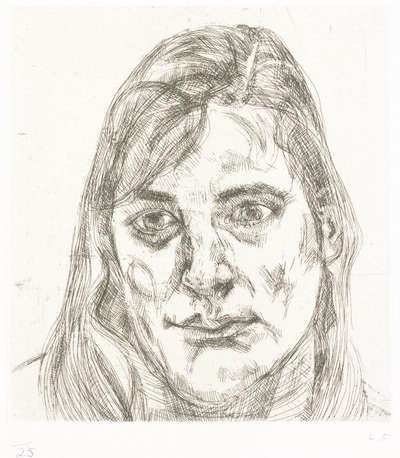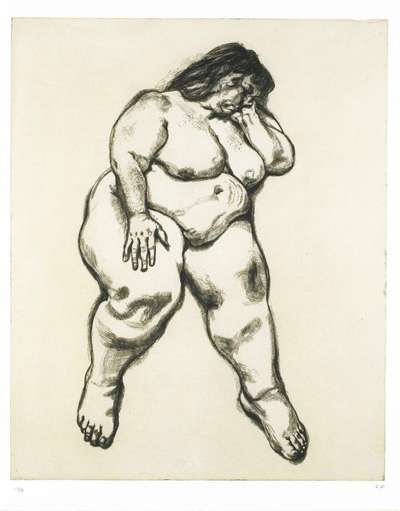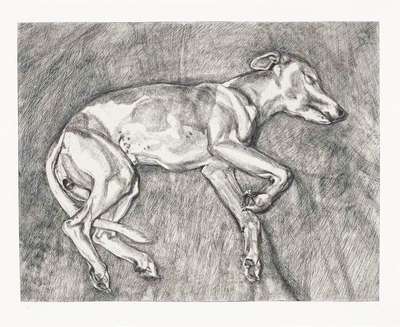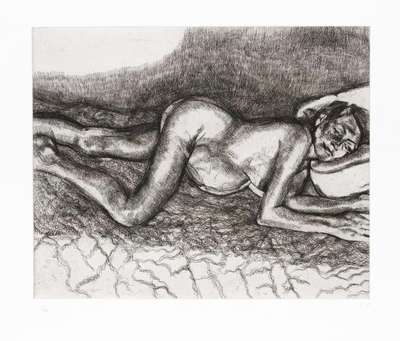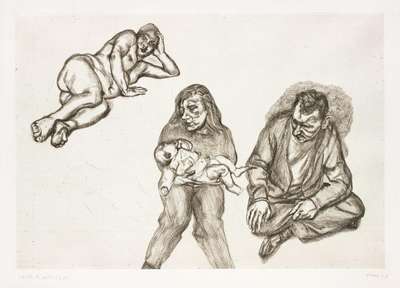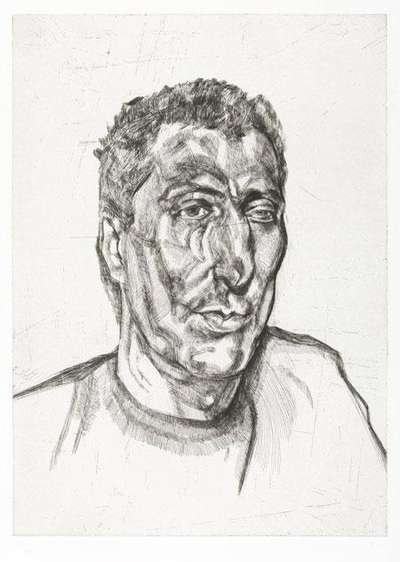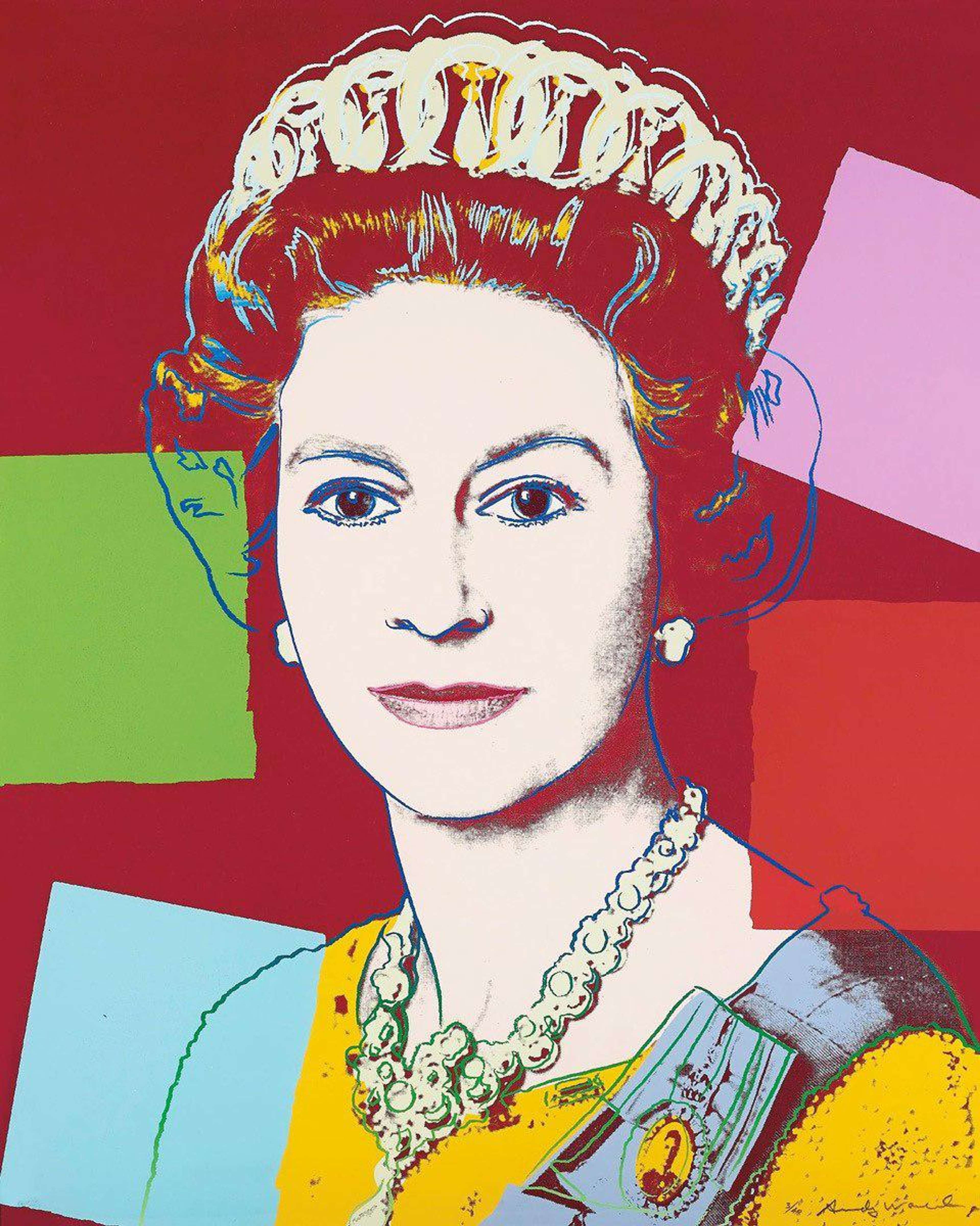 Self Portrait Reflection © Lucian Freud 1996
Self Portrait Reflection © Lucian Freud 1996Live TradingFloor
Key Takeaways
Lucian Freud’s 5 most famous artworks showcase his unique realism and psychological depth, capturing the natural physicality and emotional complexity of his subjects. From his controversial portrait of Queen Elizabeth II, to the iconic Benefits Supervisor Sleeping, each piece exemplifies Freud’s meticulous attention to detail and commitment to portraying the unembellished truth of the human condition.
Lucian Freud, one of the most celebrated portraitists of the 20th century, is renowned for his unflinchingly realistic depictions of the human form. His paintings, rich in psychological intensity and raw physicality, offer an intimate glimpse into both the sitter's exterior and inner world. Freud’s meticulous brushwork and attention to detail brought a new level of realism to modern portraiture, revealing the vulnerability, power, and complexity of his subjects
By exploring the stories behind his 5 most famous artworks, we gain insight into Freud’s unique artistic vision and his enduring influence on contemporary figurative painting.
Benefits Supervisor Sleeping (1995)
Benefits Supervisor Sleeping (1995) is one of Lucian Freud’s most celebrated and monumental works, portraying Sue Tilley in a state of relaxed slumber. Tilly was the subject of multiple portraits by Freud, including his iconic Woman With An Arm Tattoo (1996). Benefits Supervisor Sleeping exemplifies Freud’s deep fascination with the human body, particularly the intricacies and textures of flesh. Freud’s treatment of the nude is unflinchingly detailed, as he captures every fold, wrinkle, and subtle shift in the sitter’s body, focusing on the physicality of the form with remarkable precision. The sheer scale of the painting, coupled with the monumental presence of Tilley, challenges traditional representations of the nude, offering instead a portrayal that embraces imperfection and vulnerability. Freud’s approach highlights the subject’s humanity, steering clear of the idealised forms often associated with classical nudes, instead presenting the body in all its raw, unembellished truth. Through his intricate brushwork, Freud conveys the weight and presence of the human form, making this work a masterful study of flesh and embodiment, while also prompting viewers to reflect on their own corporeal realities.
 Image © Gandalf’s Gallery via flickr / Reflection (Self-portrait) © Lucian Freud 1985
Image © Gandalf’s Gallery via flickr / Reflection (Self-portrait) © Lucian Freud 1985Reflection (Self-portrait) (1985)
In Reflection (Self-portrait) (1985), Freud turns his unrelenting gaze inward, offering a brutally honest portrayal of himself. Unlike traditional self-portraits, where the artist may seek to present themselves in a flattering or symbolic manner, Freud’s depiction is marked by its rawness and lack of vanity. The artist captures himself as aged and gaunt, with every wrinkle, blemish, and imperfection laid bare. This intense self-scrutiny underscores Freud's lifelong commitment to unvarnished realism and serves as a meditation on the passage of time, decay, and the inevitability of mortality. The painting is devoid of embellishment, reflecting Freud’s introspective and almost confrontational approach to self-representation. Through this self-portrait, Freud not only examines his physical ageing, but also engages with deeper existential questions about the human condition, the fleeting nature of life, and the relentless march of time. It is a deeply personal work that stands as a testament to Freud's unwavering dedication to truth, both in his art and in his self-reflection.
 Image © Christie’s / Large Interior, W11 (After Watteau) © Lucian Freud 1981-3
Image © Christie’s / Large Interior, W11 (After Watteau) © Lucian Freud 1981-3Large Interior, W11 (After Watteau) (1981-83)
Large Interior, W11 (After Watteau) (1981-83) represents a significant turning point in Freud’s career, both in terms of scale and complexity. Inspired by Jean Antoine Watteau’s Pierrot content, Freud reimagines the original composition, replacing Watteau’s theatrical, allegorical figures with members of his own circle, including family and lovers. However, unlike Watteau's whimsical and symbolic work, Freud’s reinterpretation is a deeply psychological study of human presence. The painting’s stark interior contrasts with the emotional complexity of the figures, each rendered with detailed precision. Every wrinkle, shadow, and fold of fabric is depicted in painstaking detail, revealing Freud’s critical attention to the physicality of his subjects. The inclusion of everyday objects, such as a basin, adds a layer of intimacy and reality to the scene, further grounding the work in the present. While the original Watteau composition invoked notions of romance and theatricality, Freud’s interpretation strips these away, focusing instead on the raw, direct observation of human existence, devoid of narrative or idealisation. This work exemplifies Freud’s deep commitment to capturing the complexity of the human experience through the lens of physicality and close scrutiny.
 Image © Christie’s / Naked Portrait with Reflection © Lucian Freud 1980
Image © Christie’s / Naked Portrait with Reflection © Lucian Freud 1980Naked Portrait with Reflection (1980)
Naked Portrait with Reflection (1980) is a striking example of Lucian Freud’s candid approach to depicting the human body. The painting presents a woman lying in a relaxed, almost indifferent pose, her gaze fixed in the distance, unaffected by the viewer’s gaze. Freud’s elevated perspective and unflinching rendering of her body highlight every flaw and idiosyncrasy, emphasising the uniqueness of her physical form removed from traditional ideals of beauty. Freud’s brushwork, thick and tactile, renders the flesh with a palpable sense of texture, capturing the imperfections that make the body vulnerable and real. The reflected presence of Freud’s feet in the corner adds a curious, almost voyeuristic element to the work, underscoring the artist’s role as both participant and observer in this intimate scene. This subtle but disruptive detail invites questions about the relationship between the artist and subject, turning the painting into a meditation on the dynamics of power and vulnerability in the act of observation. Freud’s treatment of nudity, which is unadorned and almost clinical, challenges the viewer to confront their own assumptions about the body and beauty.
 Image © Wikiart / Queen Elizabeth II © Lucian Freud 2000-01
Image © Wikiart / Queen Elizabeth II © Lucian Freud 2000-01Queen Elizabeth II (2000-01)
Freud’s portrait of Queen Elizabeth II (2000-01) is one of his most controversial works, notable for its unflinching realism and departure from the grandeur typically associated with royal portraiture. Freud, known for his raw, naturalistic style, renounced the idealised, stately representations of the monarch that has dominated royal imagery. Instead, he focused on capturing the Queen as a human being, emphasising her age and expression over the regal trappings of power. The lines of age are clearly visible on her face, her crown being the only indicator of status, thus focusing more on the individual, than the institution. This approach sparked widespread debate, with some critics praising the portrait for its honesty and others criticising it for its perceived lack of respect for tradition. Yet, Freud’s commitment to portraying the truth of his subjects, regardless of their status, is central to his artistic philosophy. In this painting, Freud underscores the inevitability of ageing and mortality, even for a figure as revered as the Queen, offering a poignant reminder that no one, regardless of position, is immune to the passage of time.





